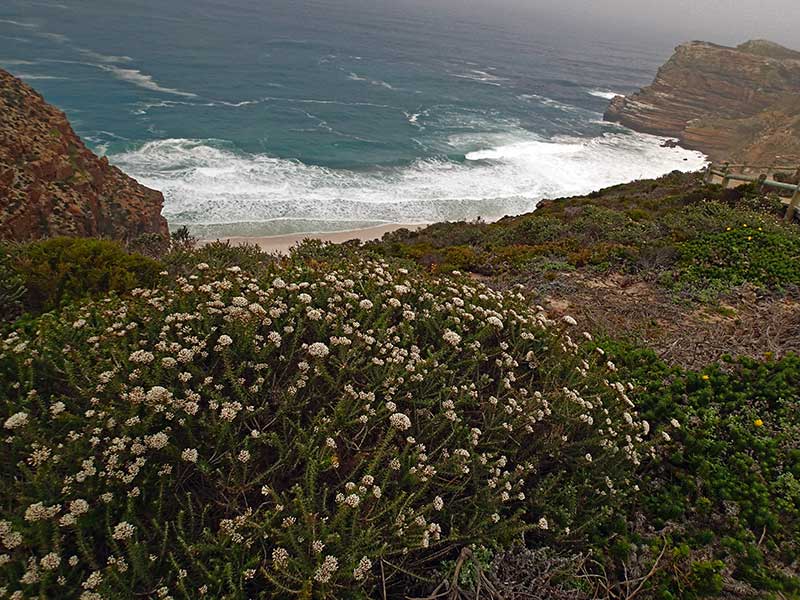
Cape Point toward Cape of Good Hope
The southwestern Cape is home to one of the worlds richest floras. The region has an estimated 7000 species of true fynbos and more than 9000 plant species in total. The Cape Peninsula alone has 2 285 plant species on an area a third the size of greater London. It has three times more plant species per square kilometer than those fabulously lush rainforests. For this reason, it was declared one of the world's 34 biodiversity 'hot spots', and in 2004, was confirmed as a UNESCO World Heritage Site.
Fynbos is a hard-leaved, evergreen and fire-prone shrubland characterized by four major plant types: restioids, ericoids, proteoids, and geophytes. Restioids, members of the Gondwanan family Restionaceae, are evergreen rush or reedlike plants that are the uniquely diagnostic plant type of fynbos (Campbell 1985). The ericoids include many small-leafed shrubs, ranging from 0.5 m to 2 m tall, which give fynbos its heathlike appearance. The proteoids are the tallest fynbos shrubs from 2 m to 4 m in height, and comprise showy members of the Proteaceae, another Gondwanan family. Geophytes, or bulblike plants, are usually most conspicuous after fires, have blooms which are especially attractive. Citation from http://www.worldwildlife.org/ecoregions/at1202
These photos were mainly taken in the Cape of Good Hope Nature Reserve in August on the tip of the Cape peninsula Note: It is far from certain that the pictured species have been given the correct names.
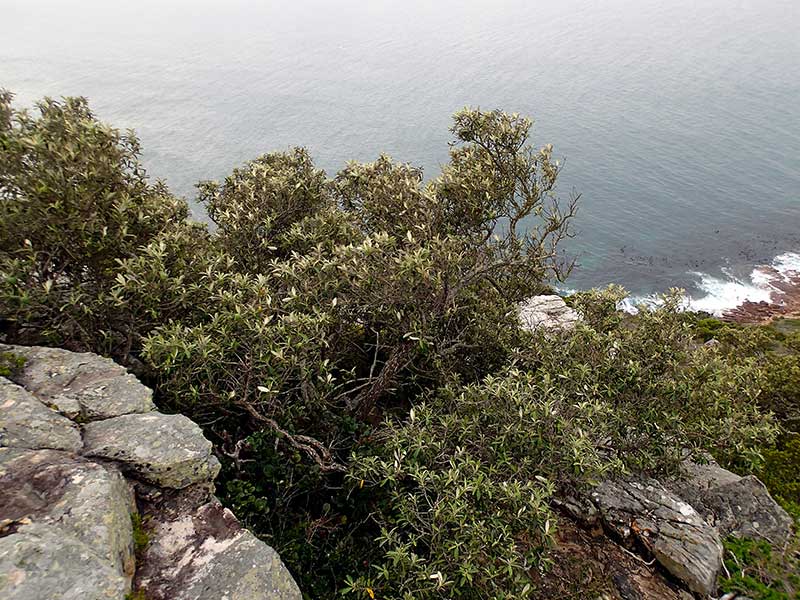
Cape Point shrub
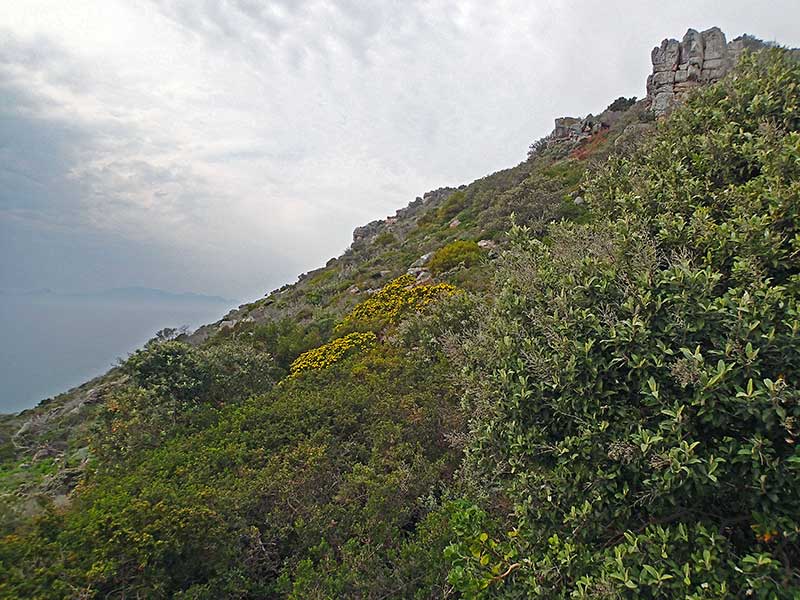
Cape Point shrub vegetation
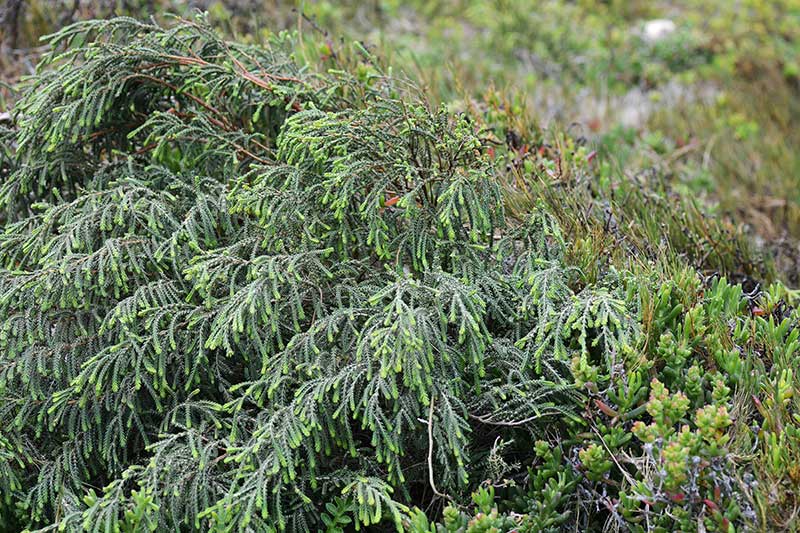
Passerina ericoides? Non-flowering shrub
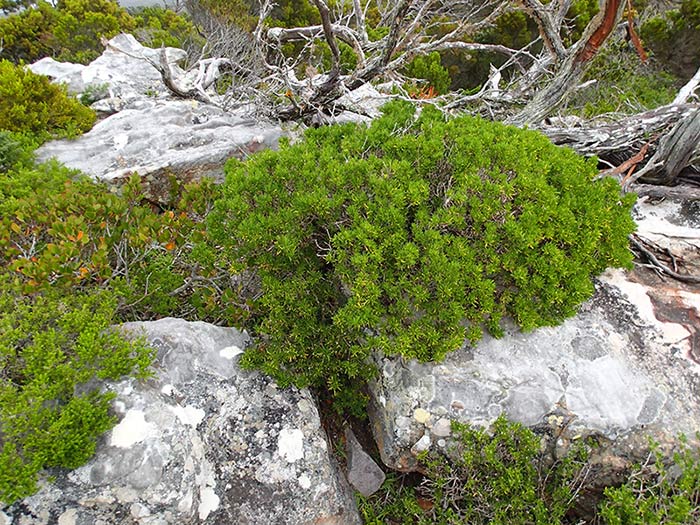
Fynbos shrub
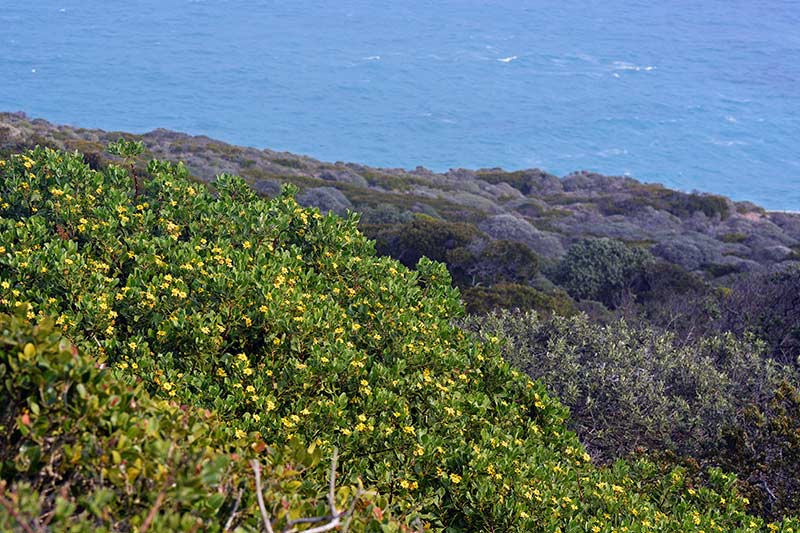
Cape Point shrub vegetation
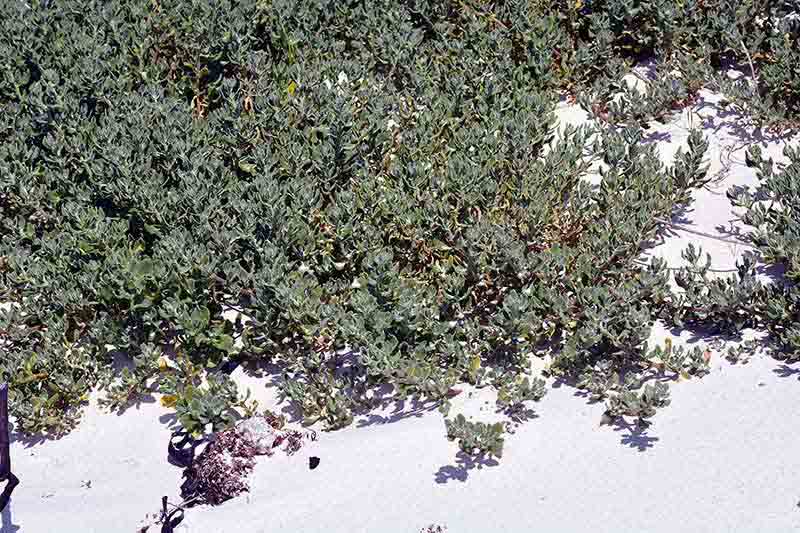
Beach vegetation, probably Tetragonia decumbens, Boulders Beach, Simon's Town
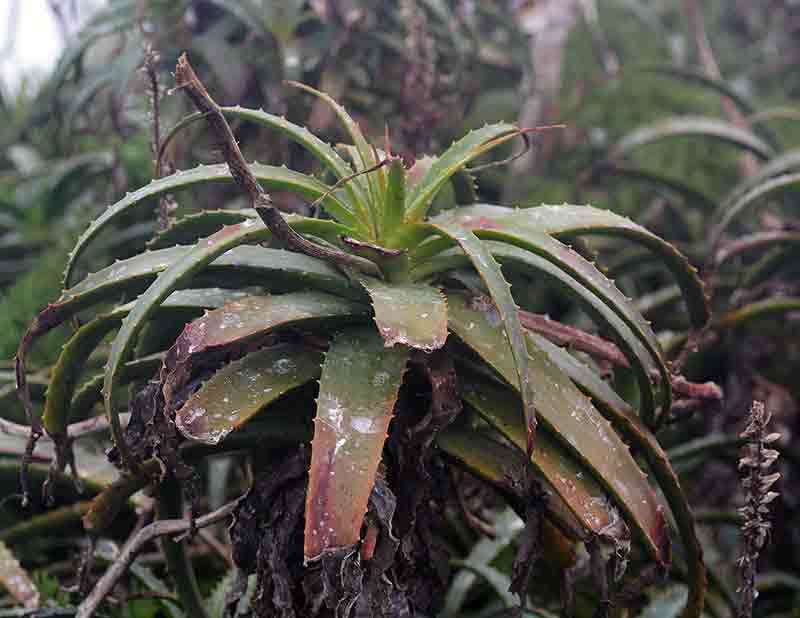
Krantz Aloe (Aloe arborescens), Cape Point
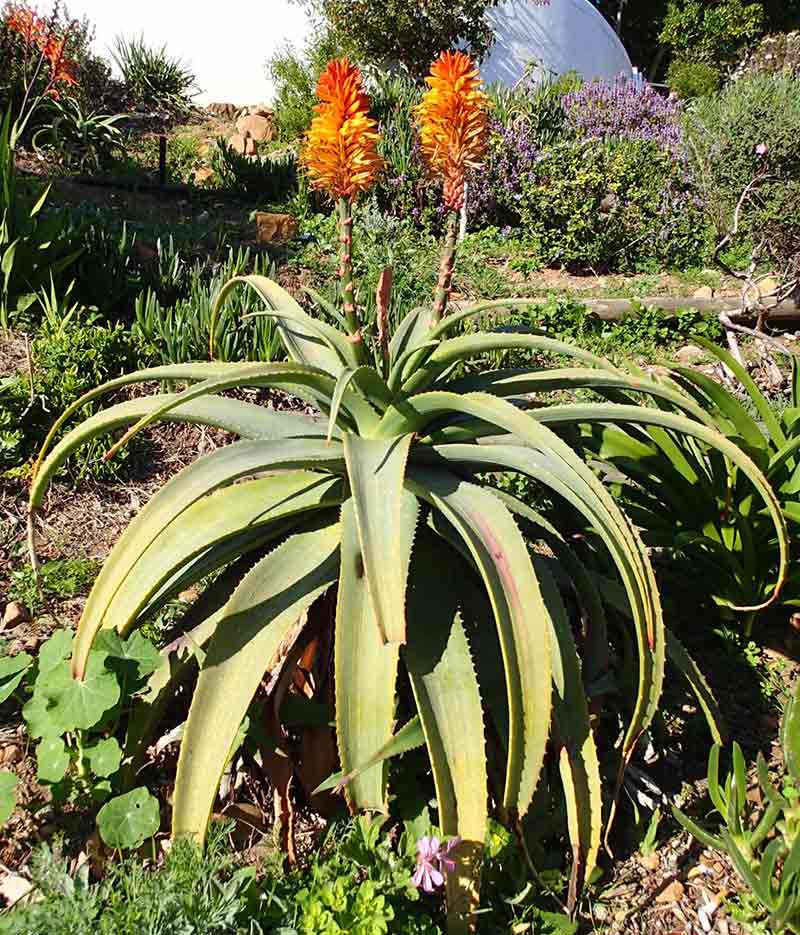
Cape Aloe (Aloe ferox), Simon's Town
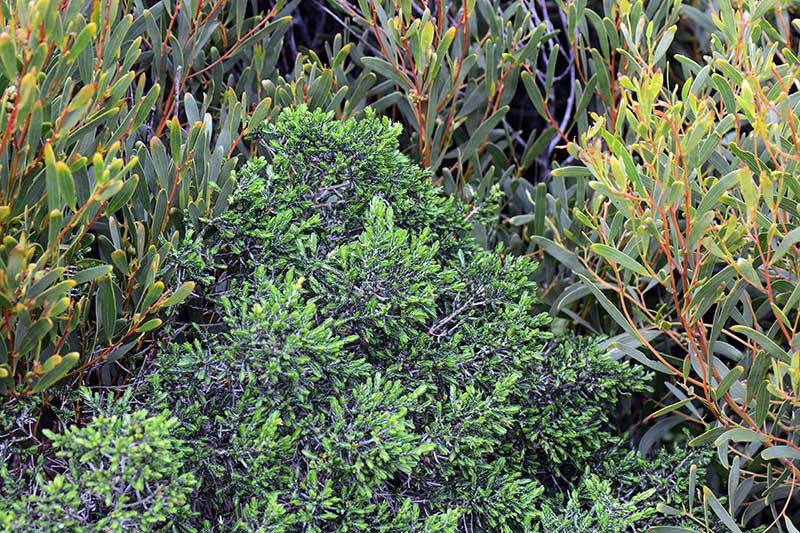
Fynbos shrub, Cape Point
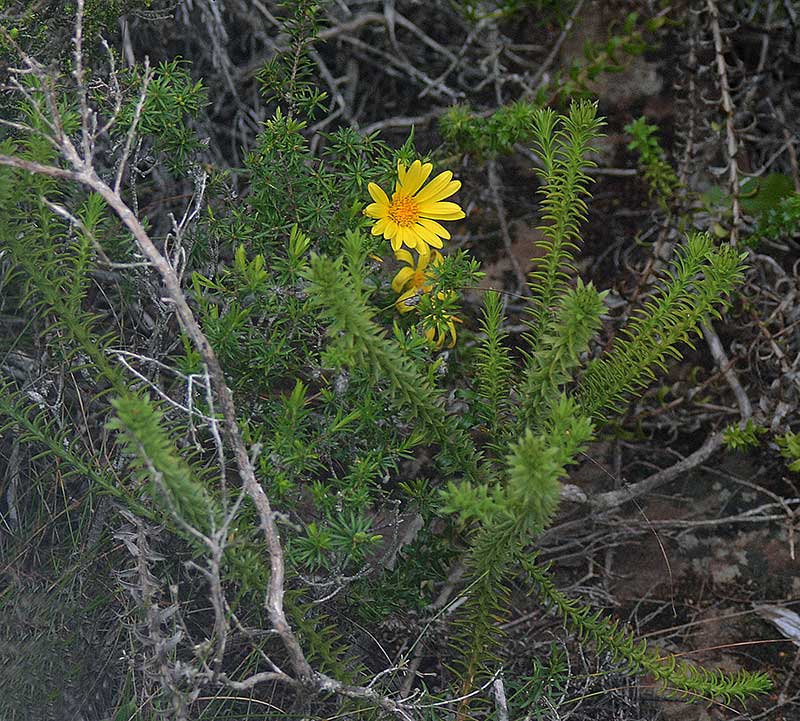
Asteraceae plant, Cape Point
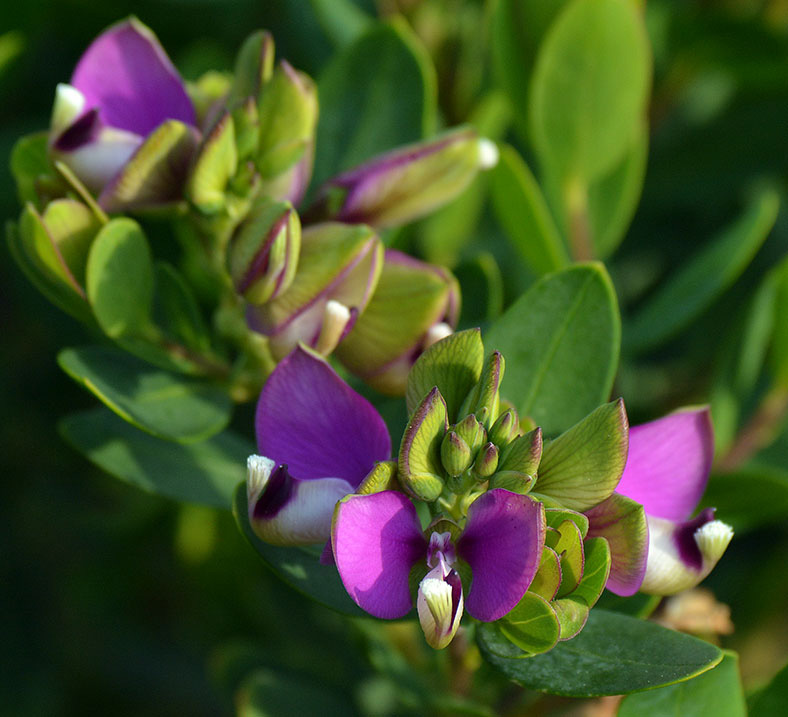
Myrtle-leaf Milkwort (Polygala myrtifolia var. myrtifolia)
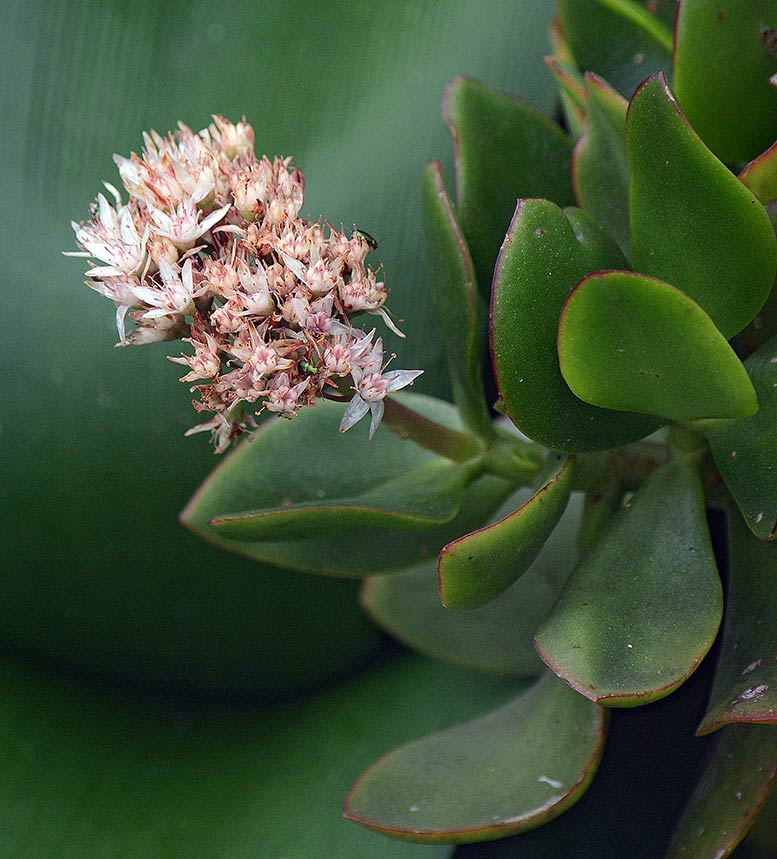
Crassula ovata
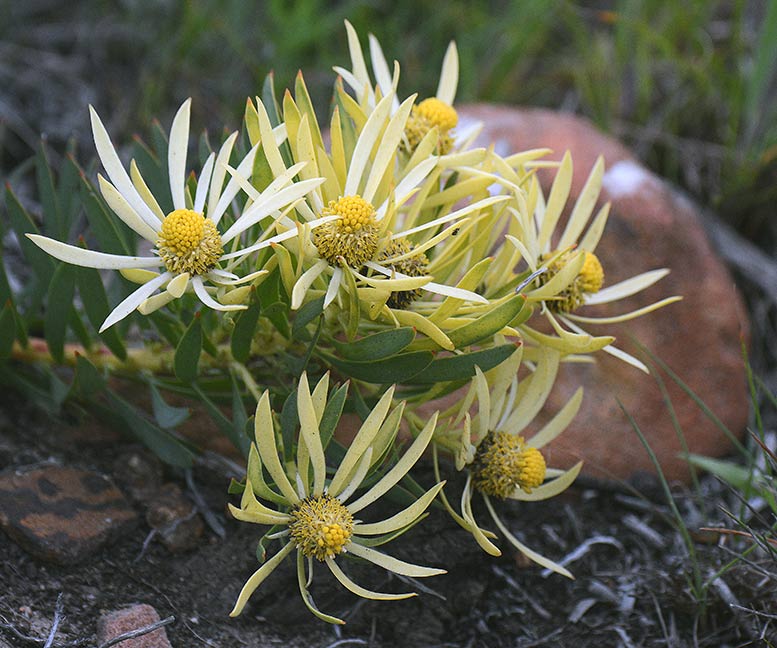
Common Sunshine Conebush (Leucadendron salignum)
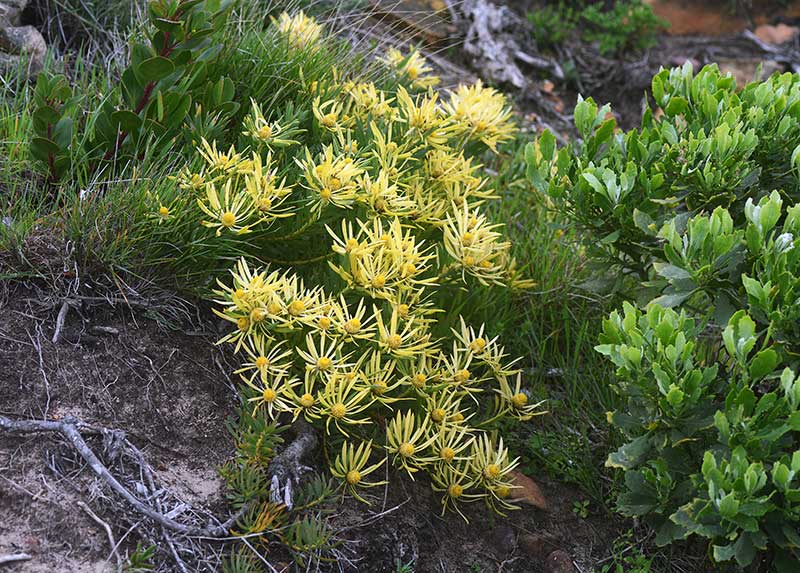
Leucadendron salignum

Dune Conebush (Leucadendron coniferum) fruiting cones
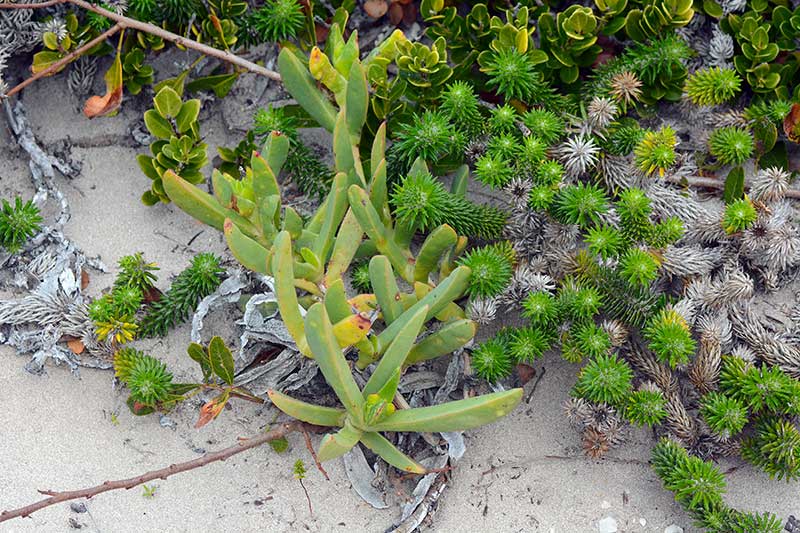
Fynbos succulent
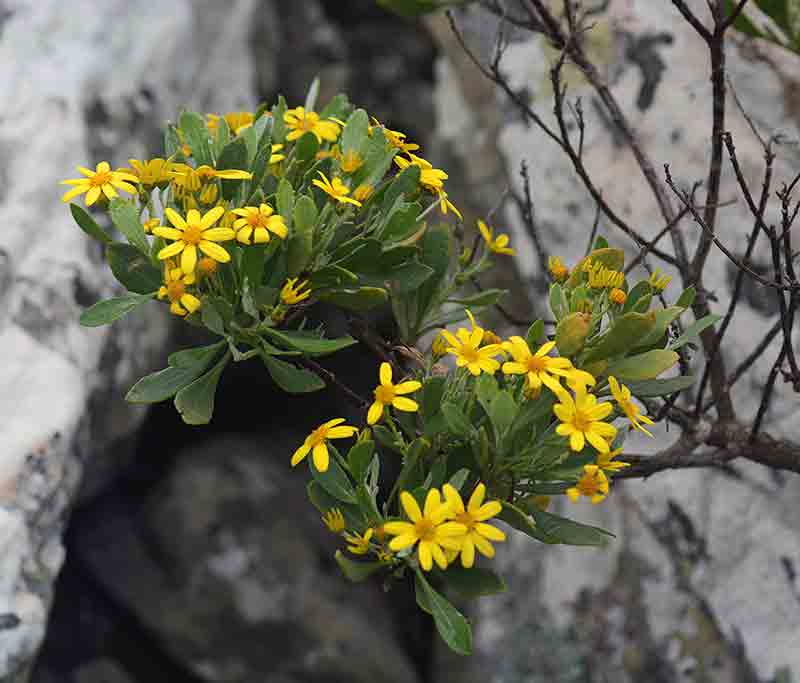
Could be a Bietou (Osteospermum moniliferum)?
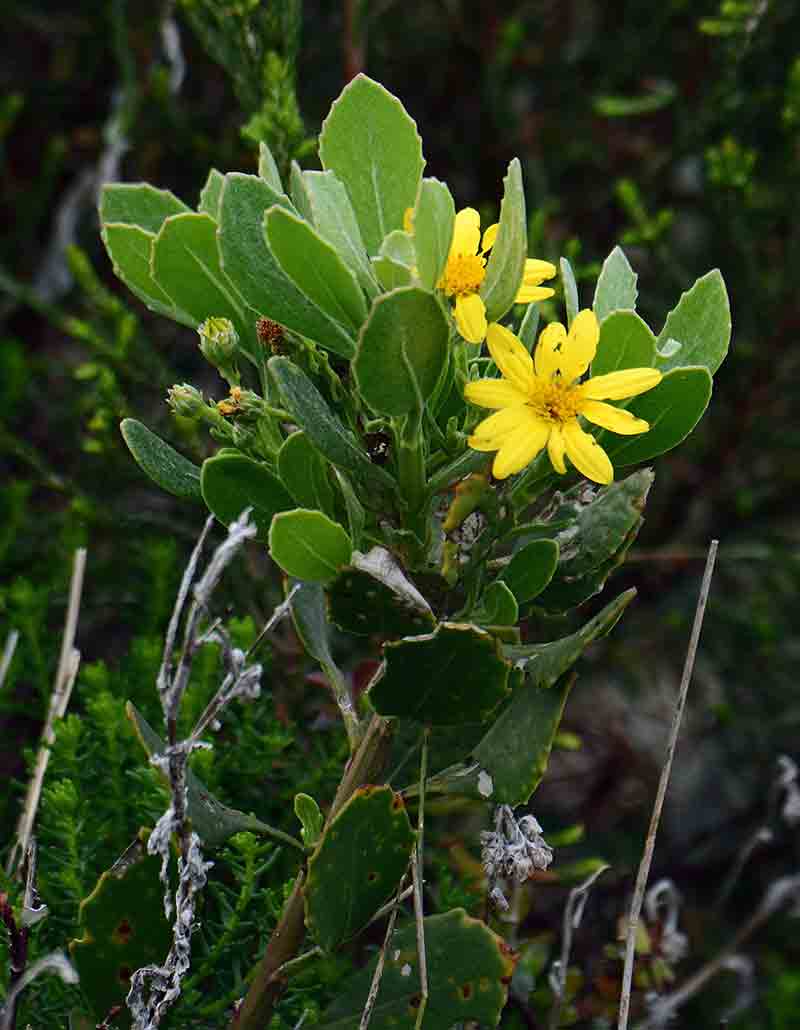
Osteospermum?
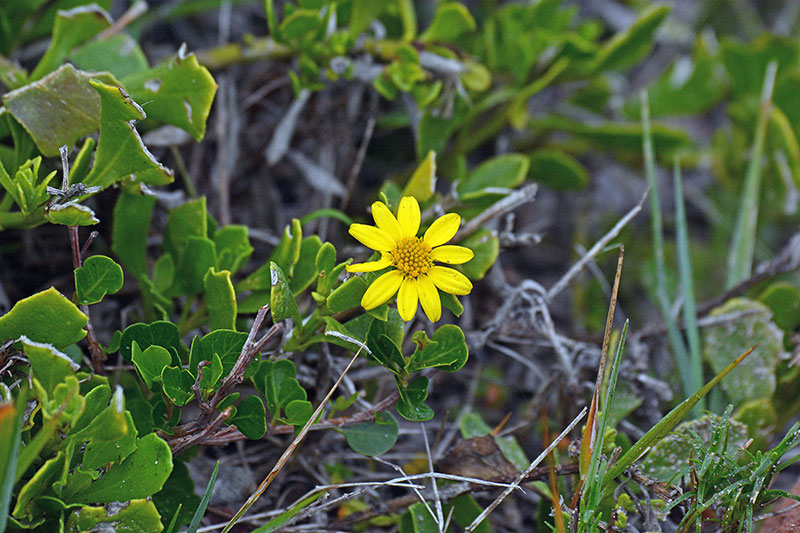
Osteospermum?
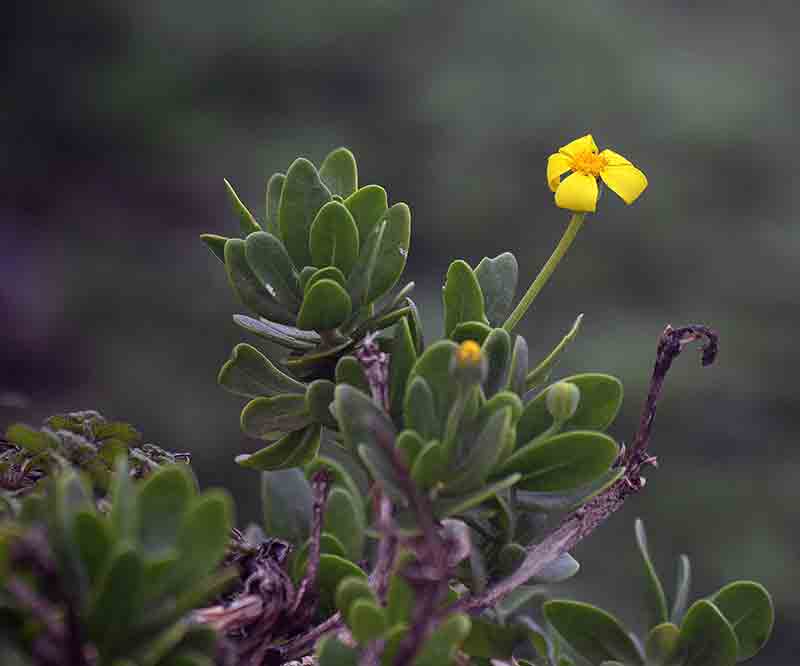
Othonna?
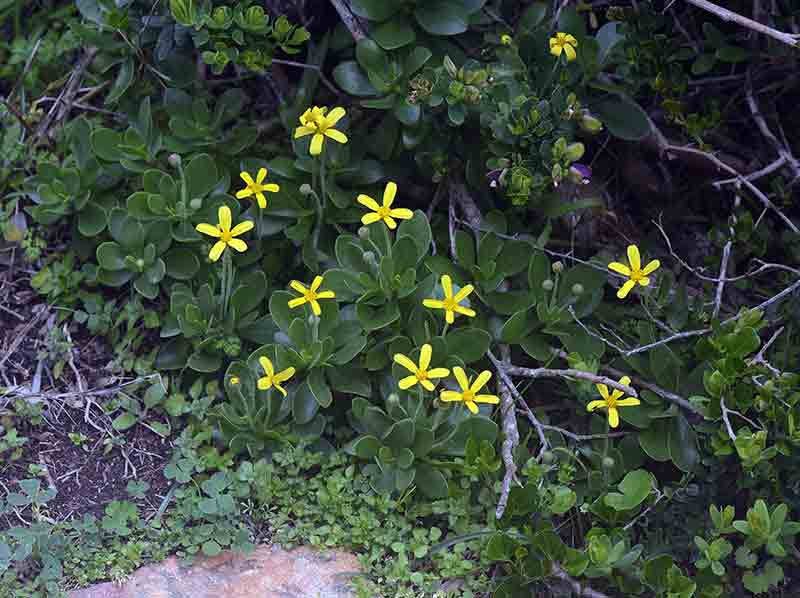
Sunflower species (Othonna arborescens)
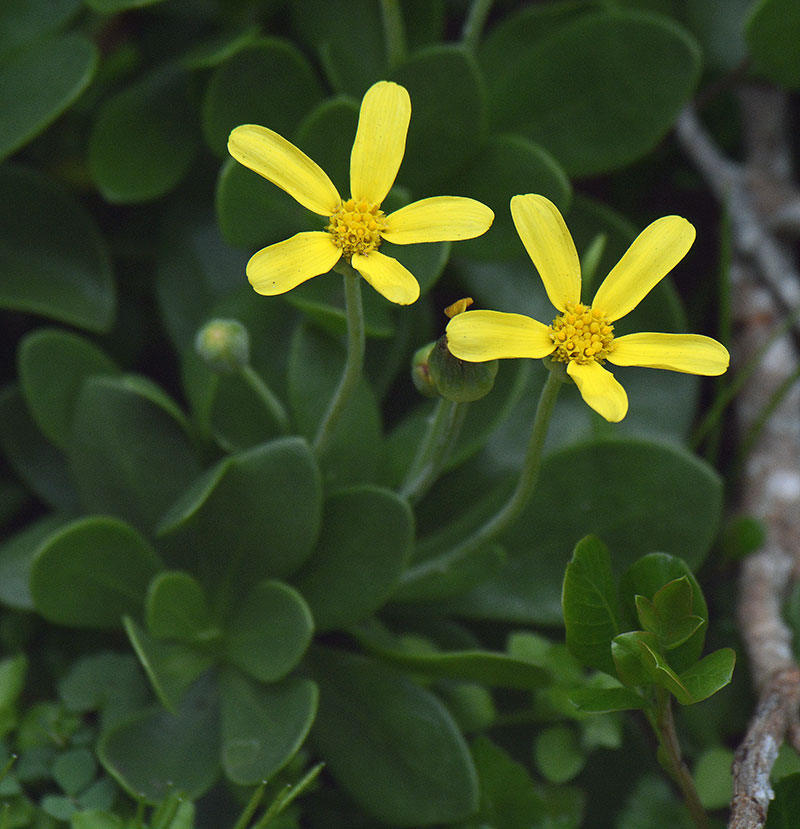
Othonna arborescens
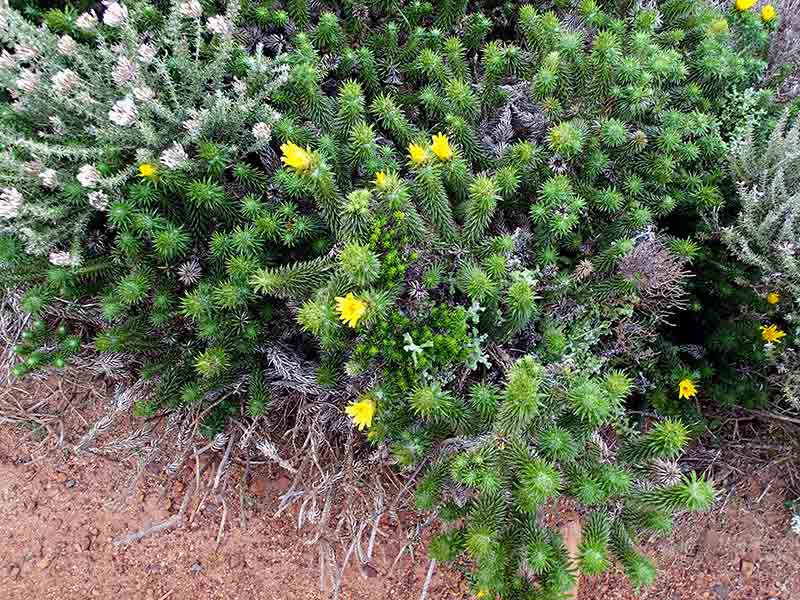
Cullumia squarrosa?
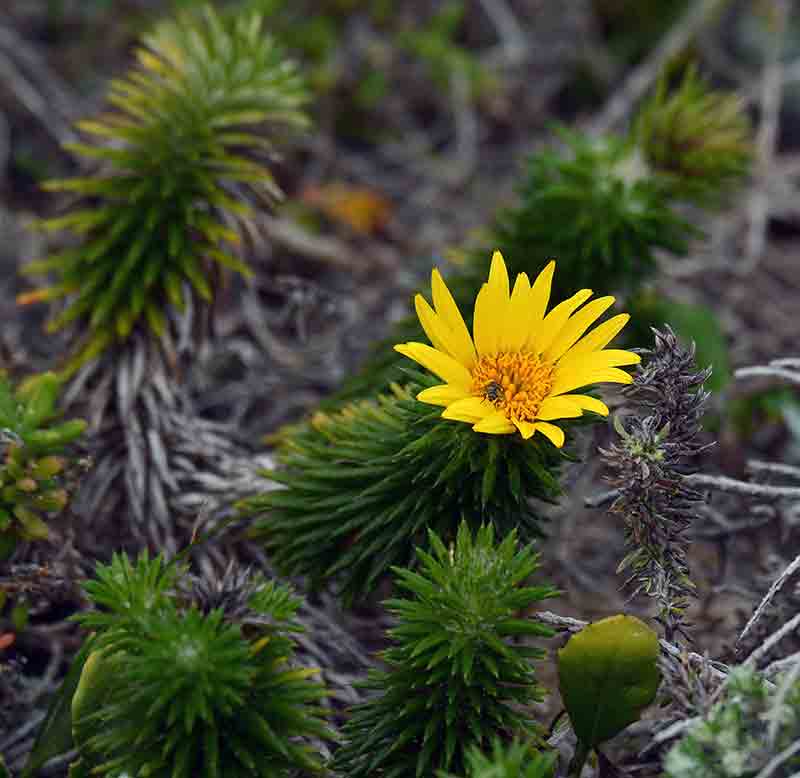
Cullumia squarrosa?
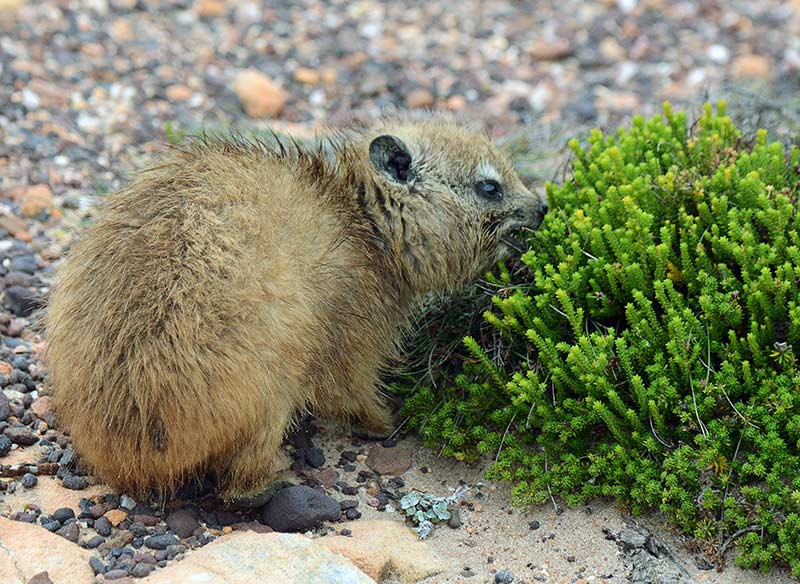
Rock Hyrax (Procavia capensis subsp. capensis) feeding on Erica species
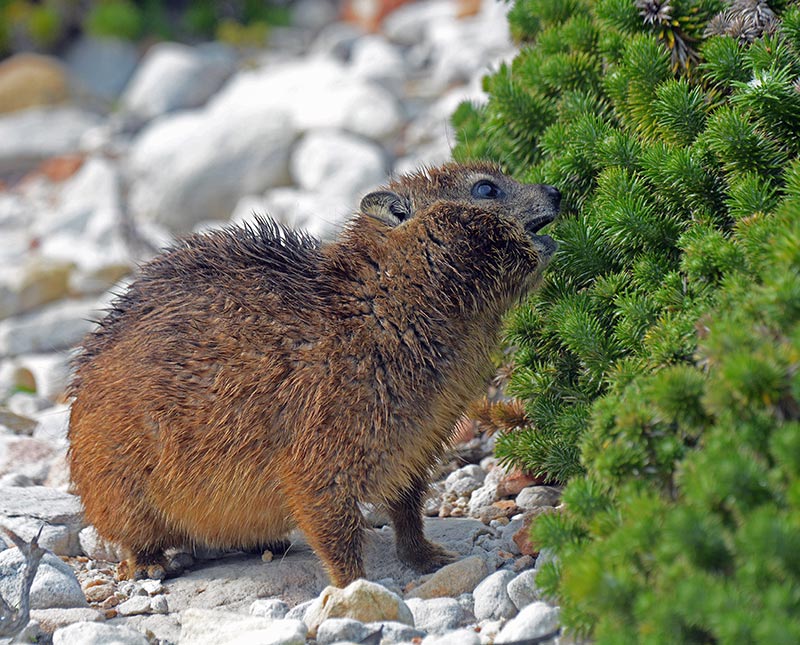
Rock Hyrax / Dassie feeding on Cullumia
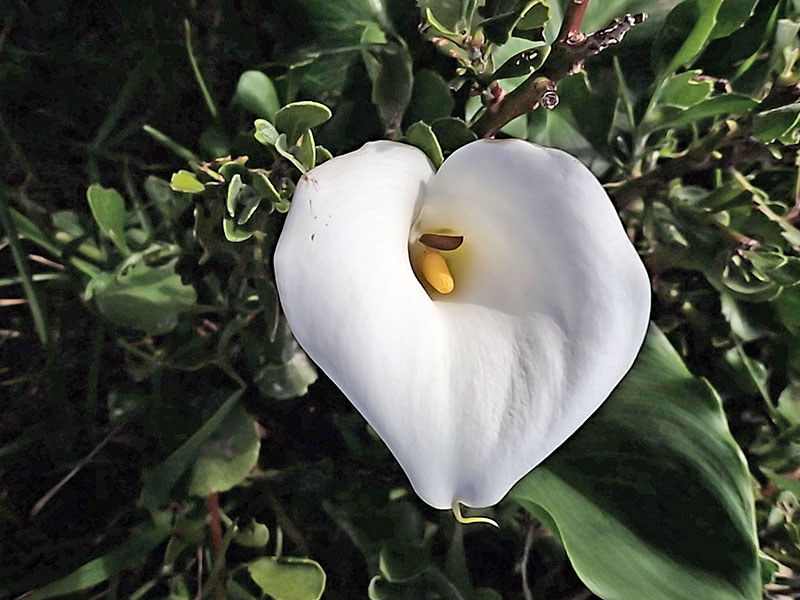
Arum Lily / Calla Lily (Zantedeschia aethiopica), Cape of Good Hope Nature Reserve
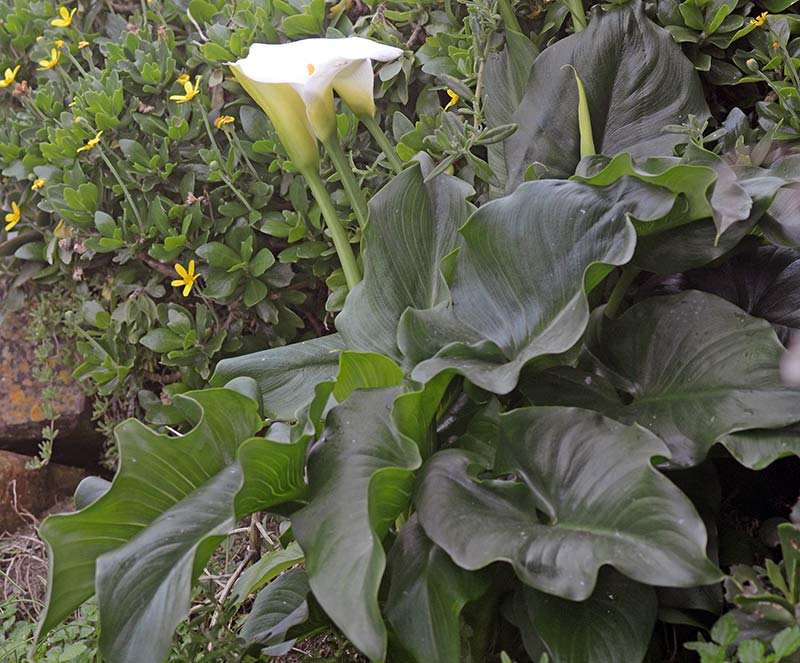
Arum Lily
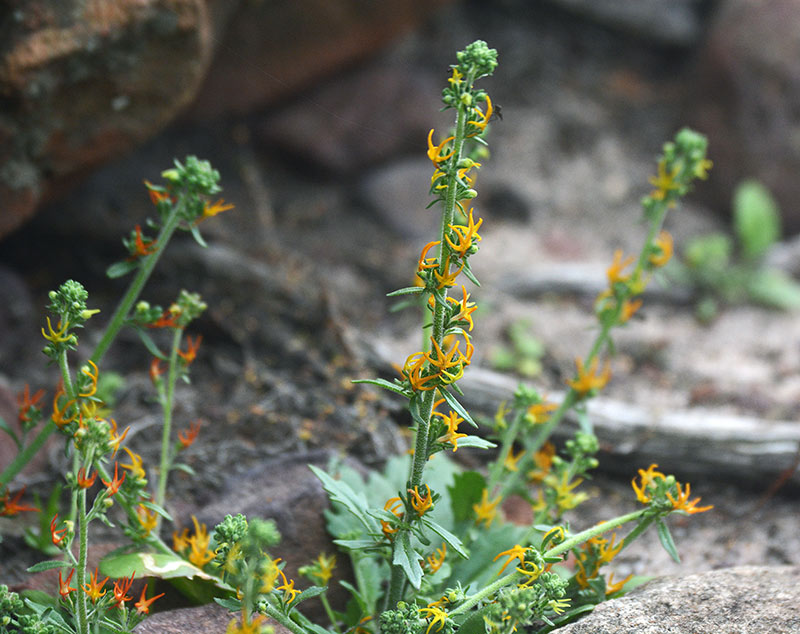
Manulea cheiranthus
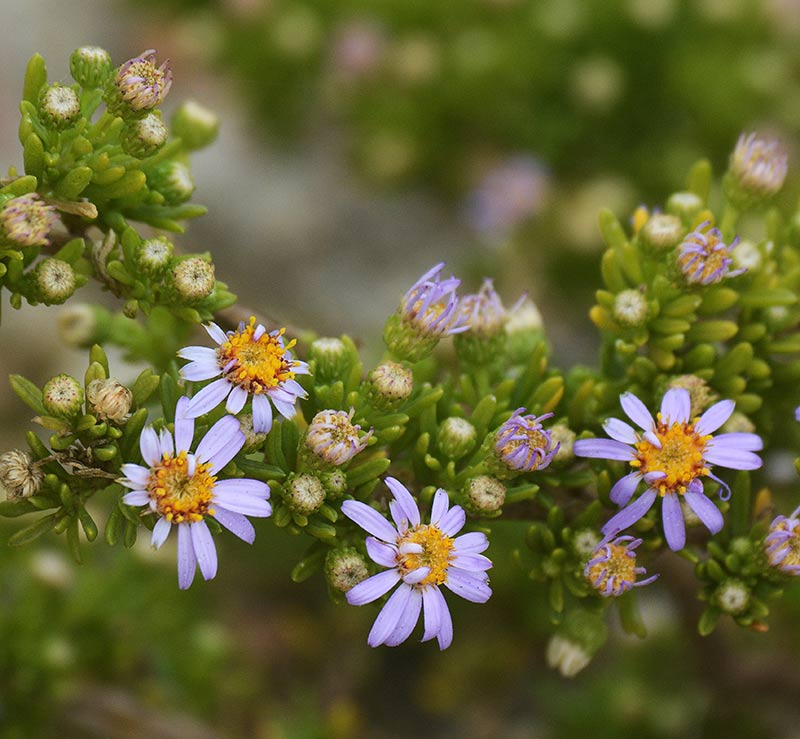
Bush Felicia (Felicia fruticosa)?
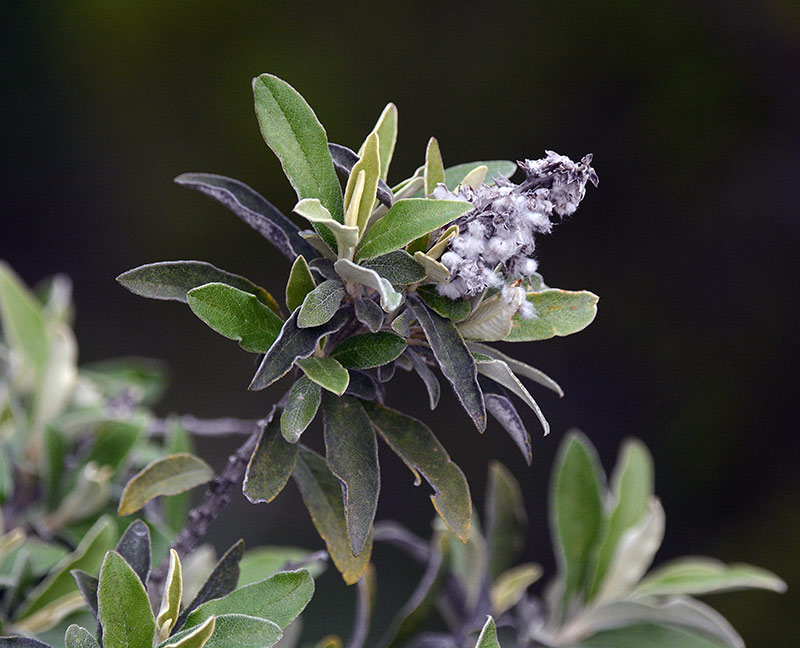
Fynbos tree-like brush (Tarchonanthus littoralis)
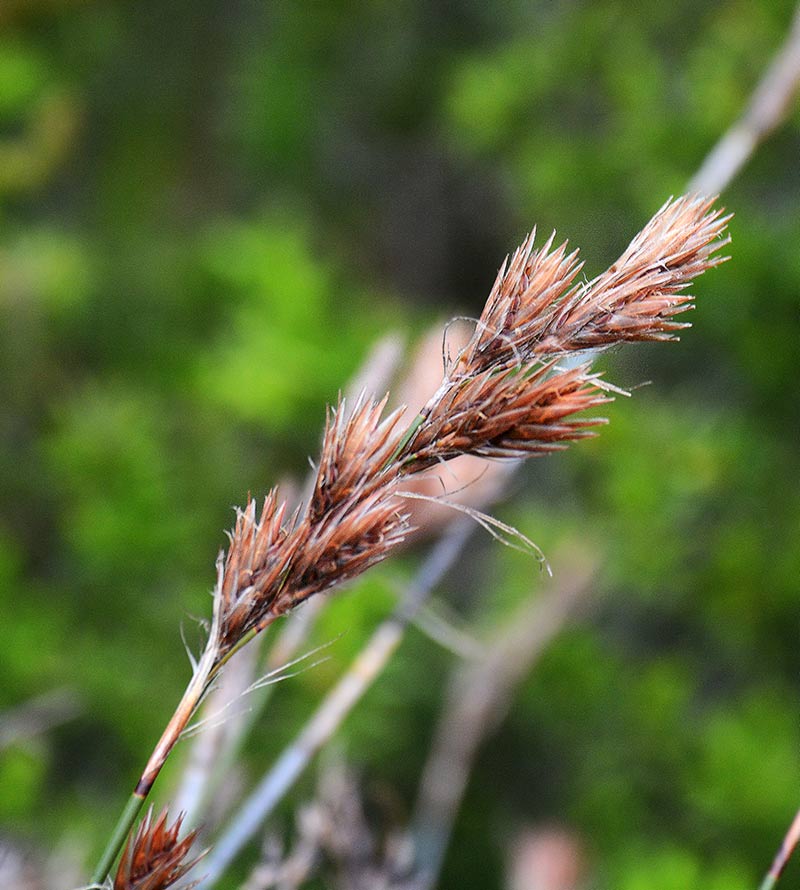
Thamnochortus sp.
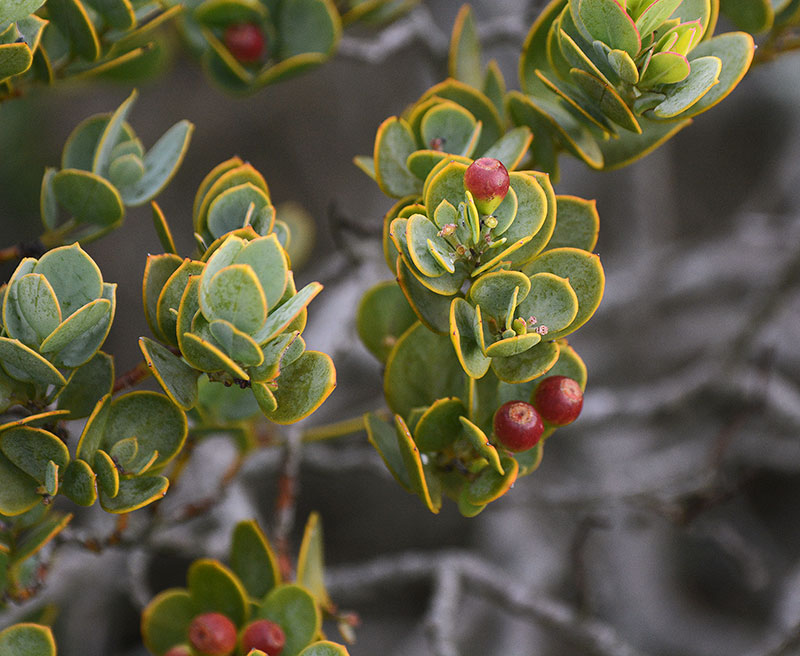
Cape Sumach (Colpoon compressum)
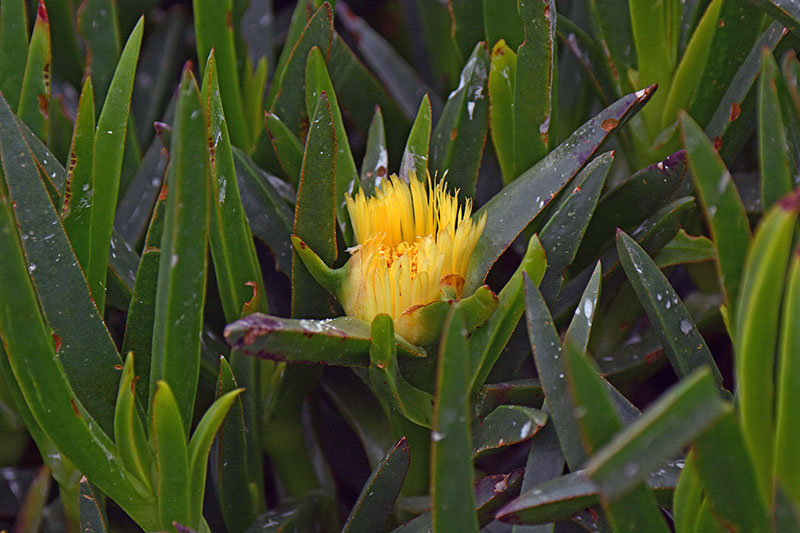
Carpobrotus edulis?
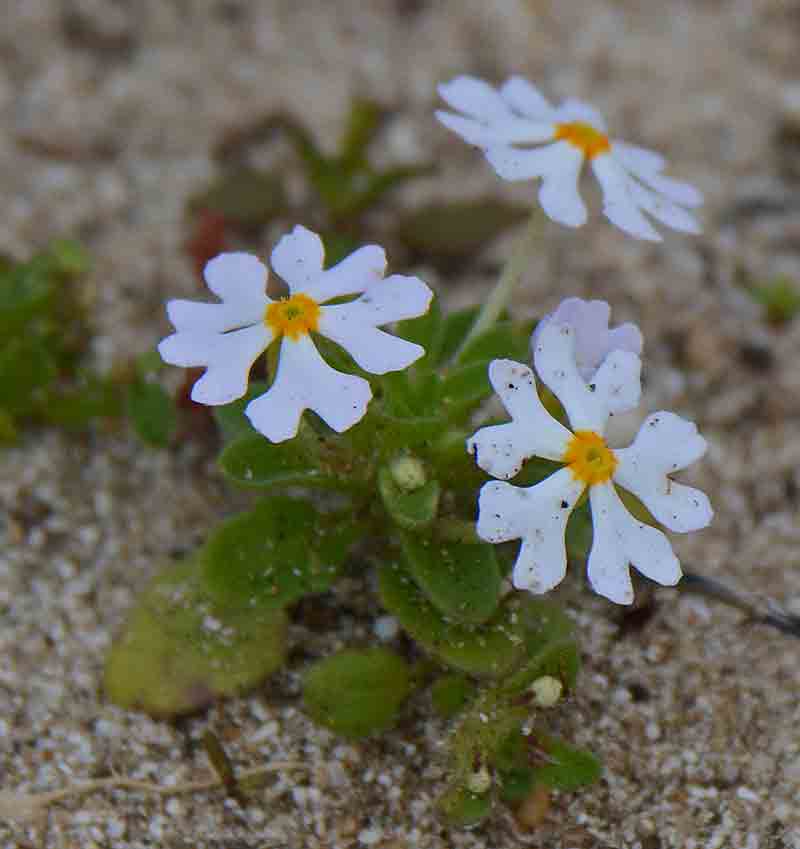
Zaluzianskya villosa
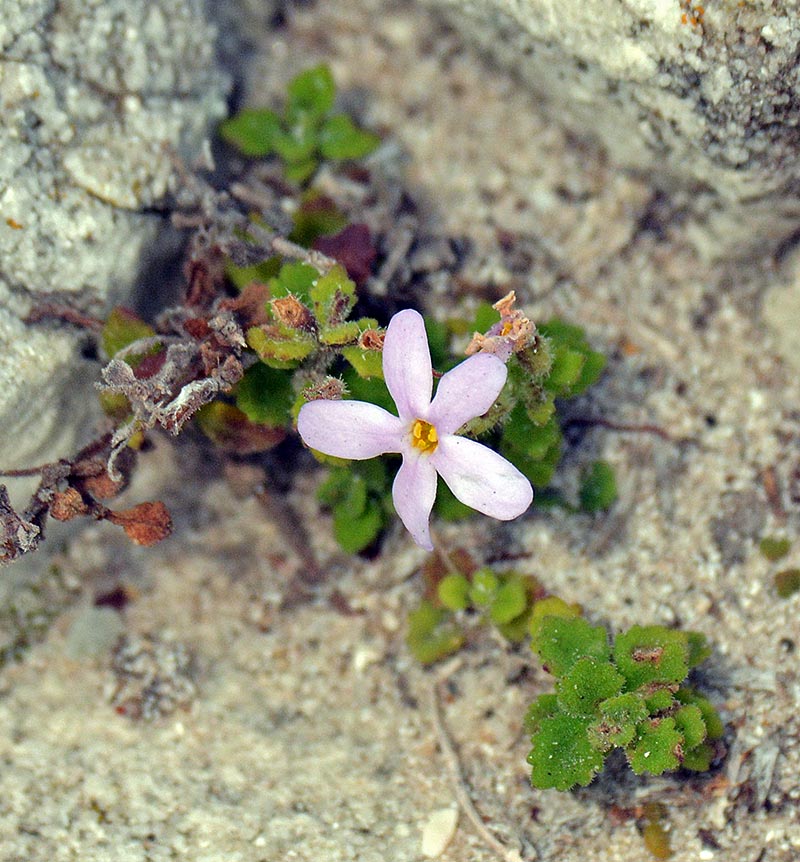
Chaenostoma hispidum
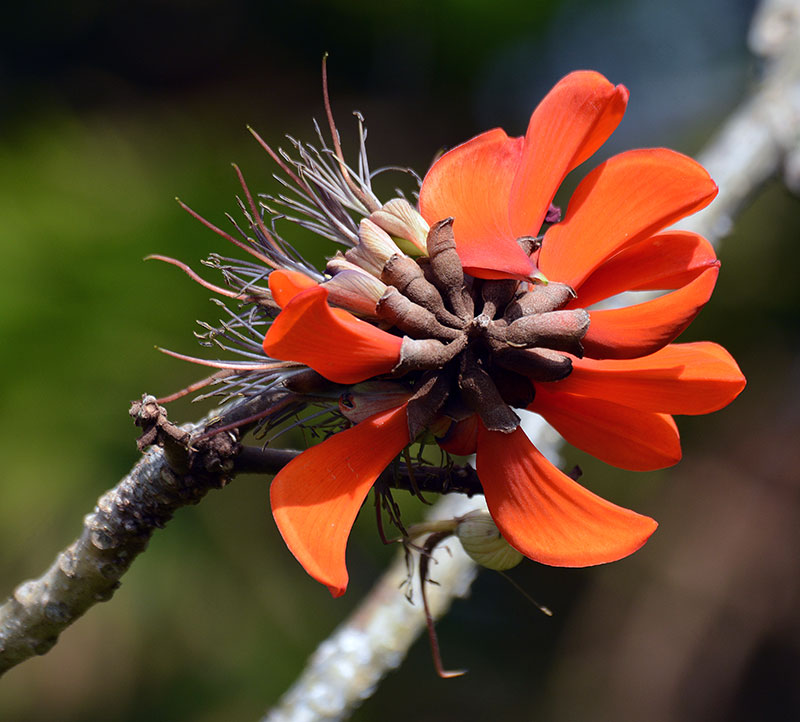
Probably Coast Coral Tree (Erythrina caffra), Simon's Town
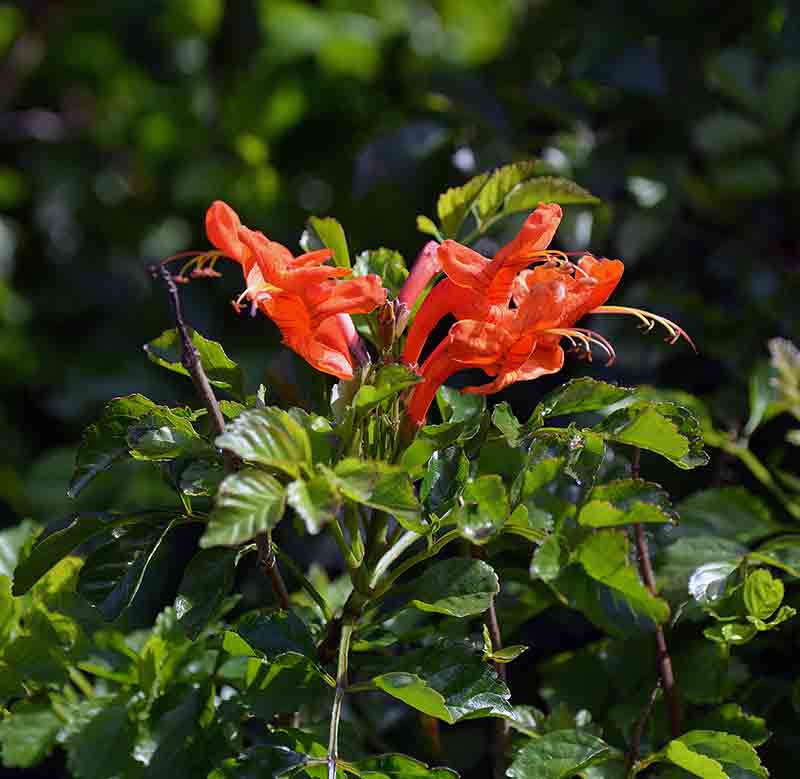
Cape Honeysuckle (Tecoma capensis), Simon's Town
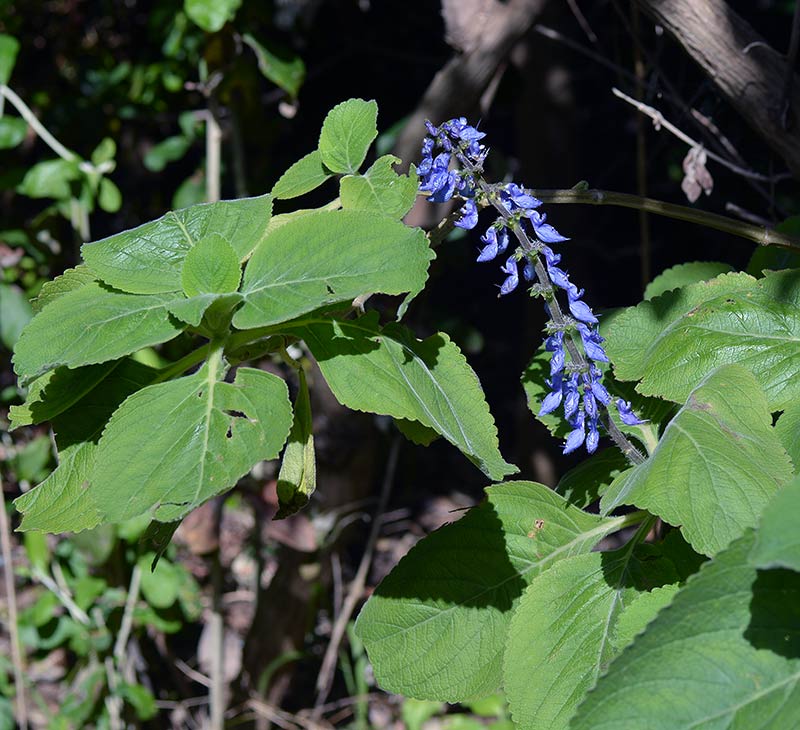
Big Leave Plectranthus (Coleus barbatus), Boulders Beach, Simon's Town
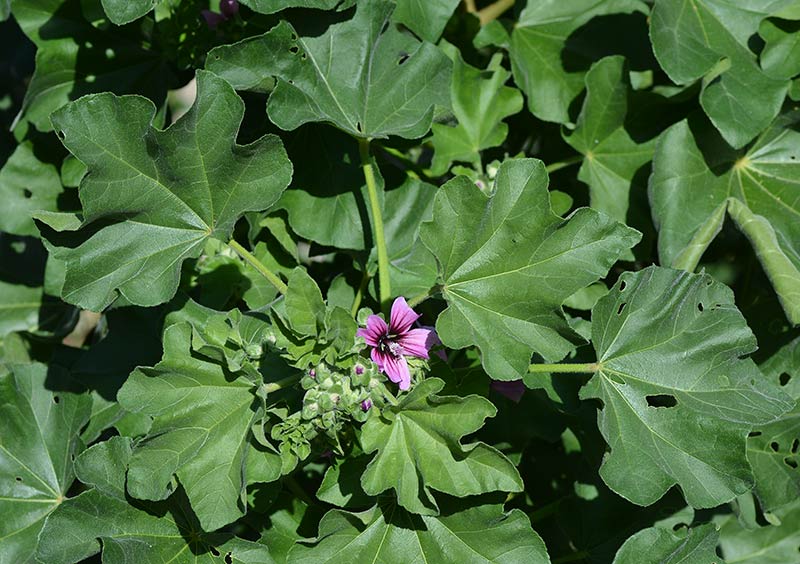
Tree Mallow (Malva arborea), Boulders Beach, Simon's Town
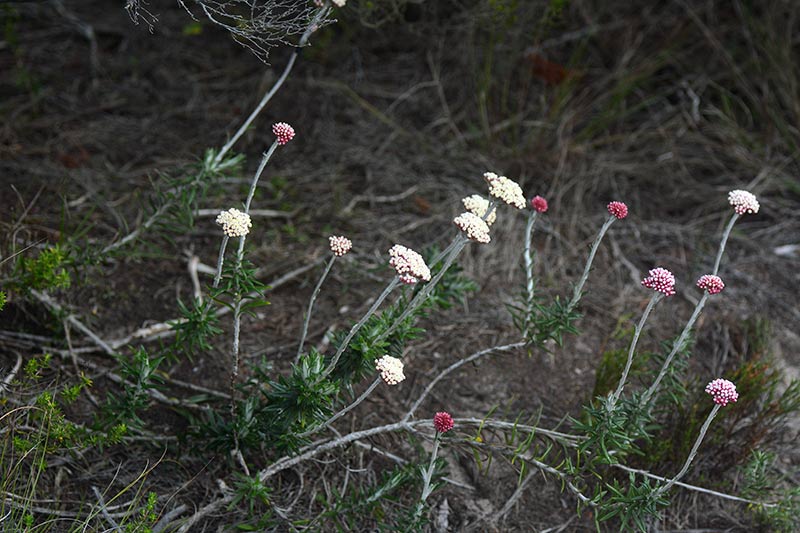
Anaxeton laeve
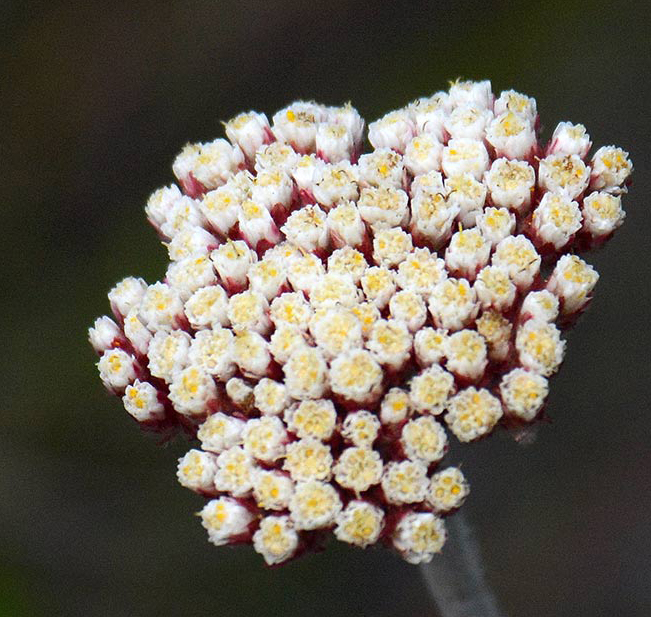
Anaxeton laeve
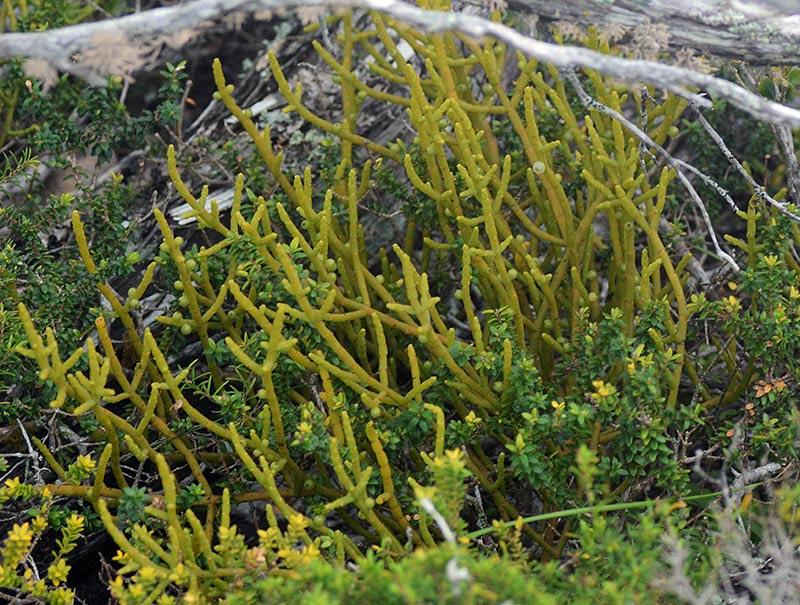
Cape Mistletoe (Viscum capense)
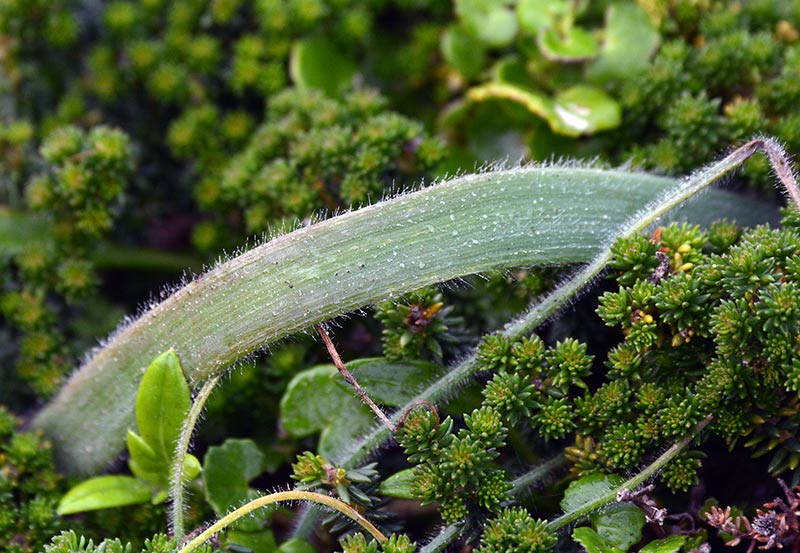
Fynbos vegetation
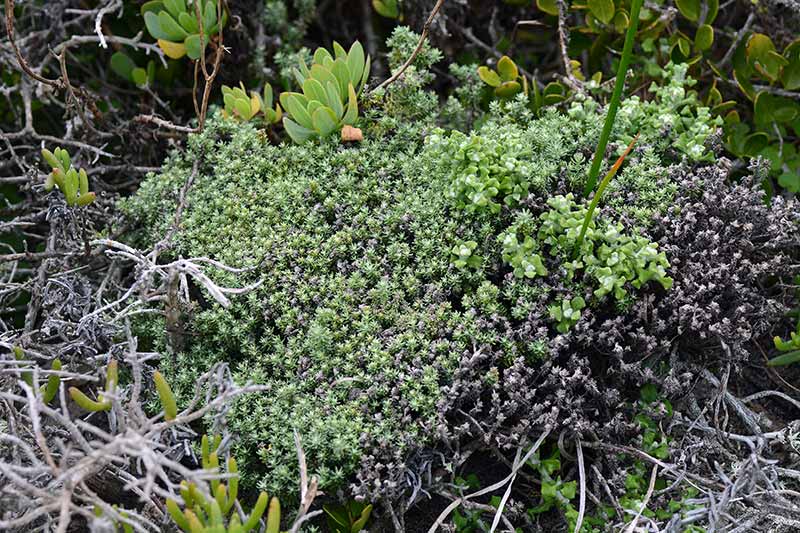
Fynbos vegetation
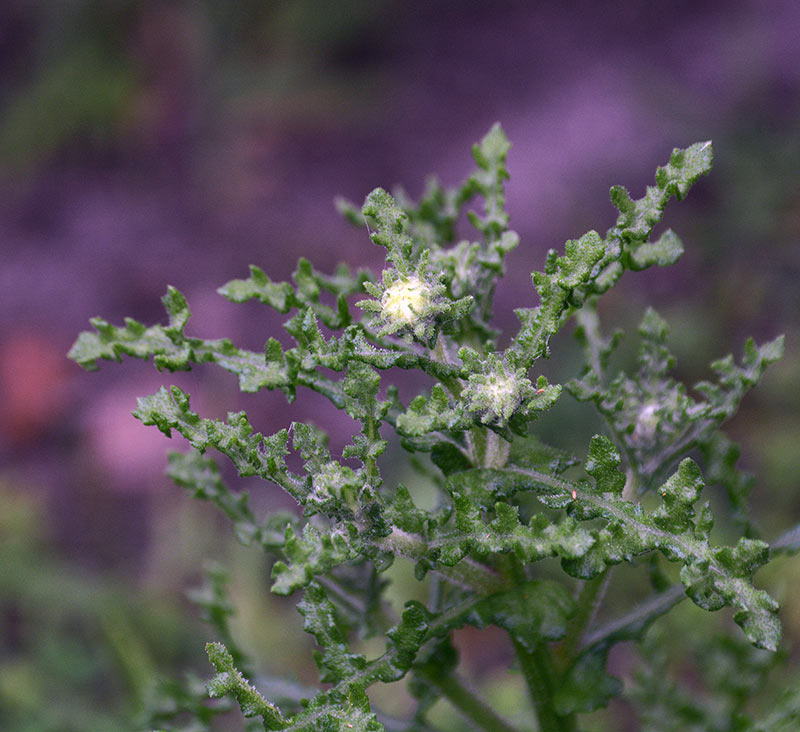
Fynbos plant
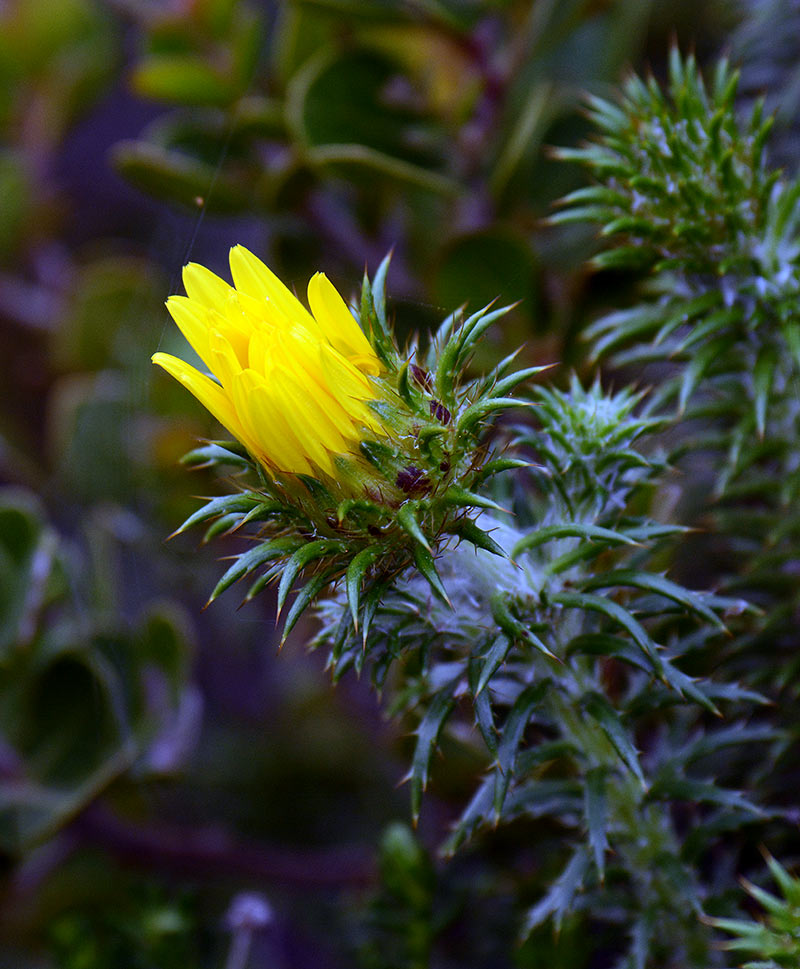
Cullumia squarrosa?
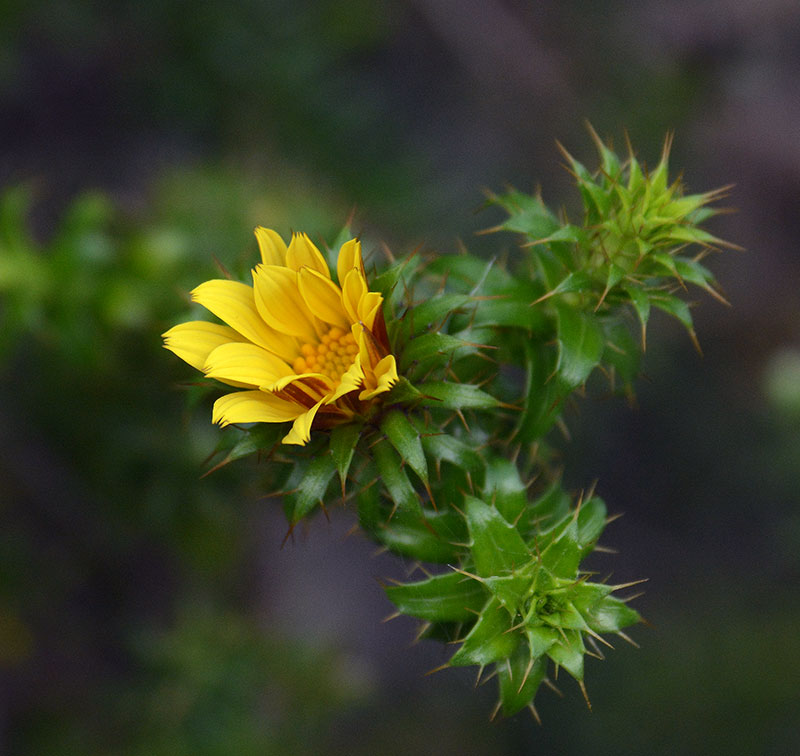
Cullumia setosa?
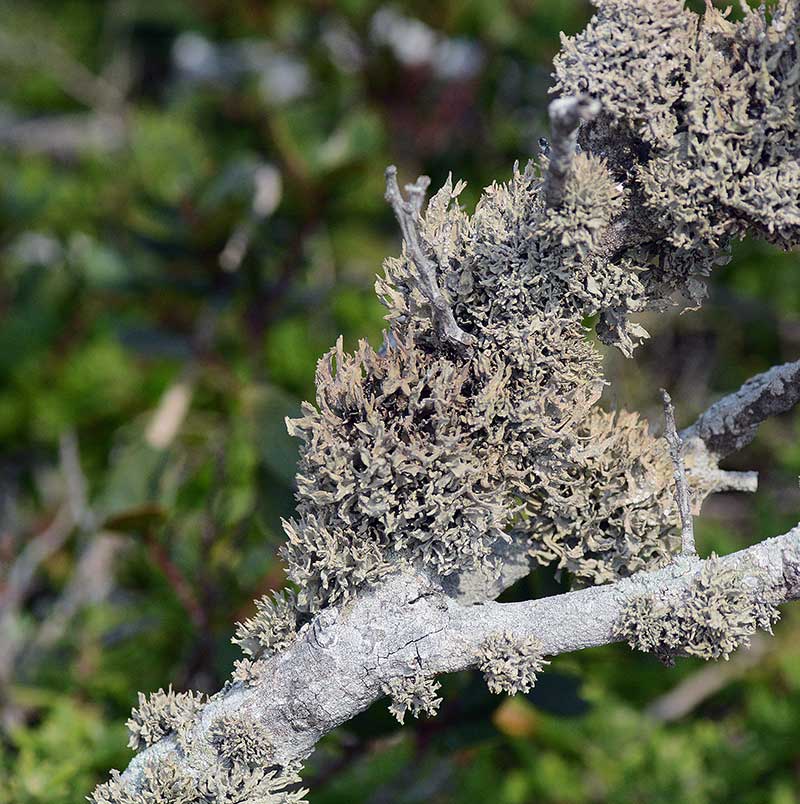
Cape Point Ramalina lichen
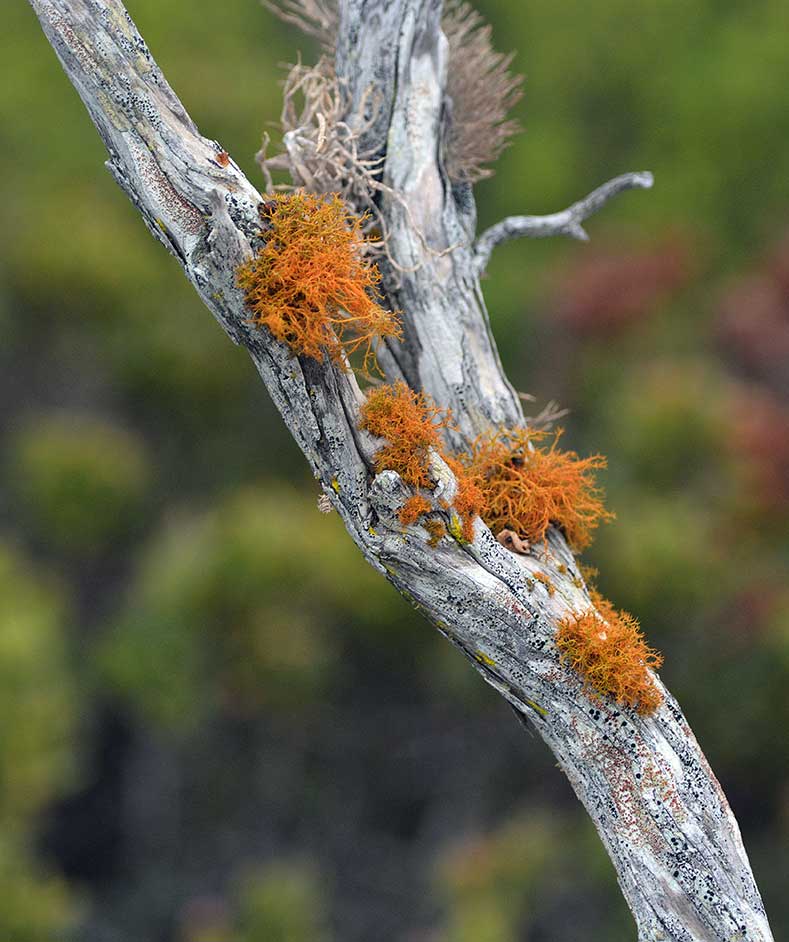
Fynbos lichen, maybe Golden-hair Lichen (Teloschistes flavicans)
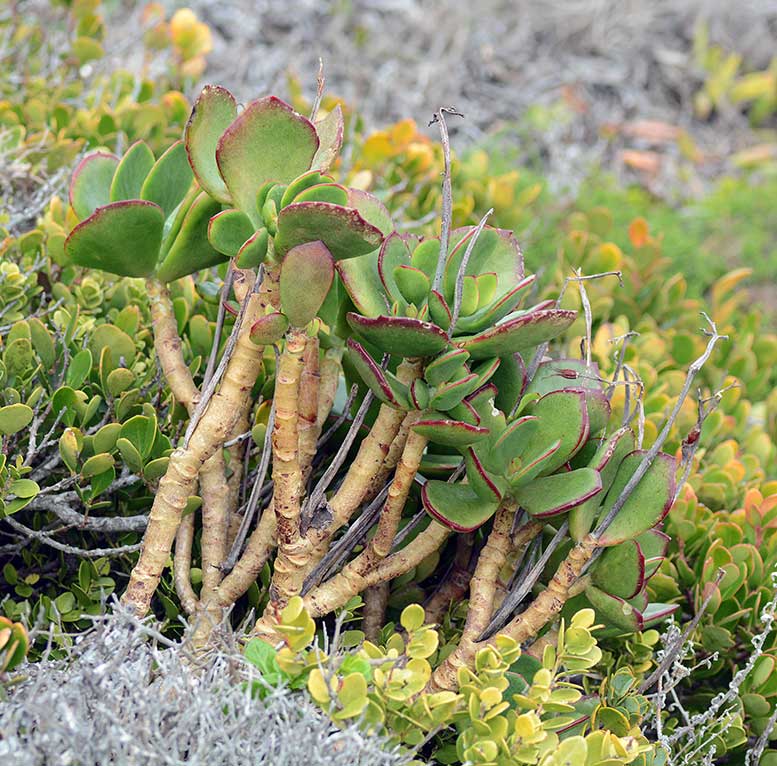
Pigs ears (Cotyledon orbiculata)
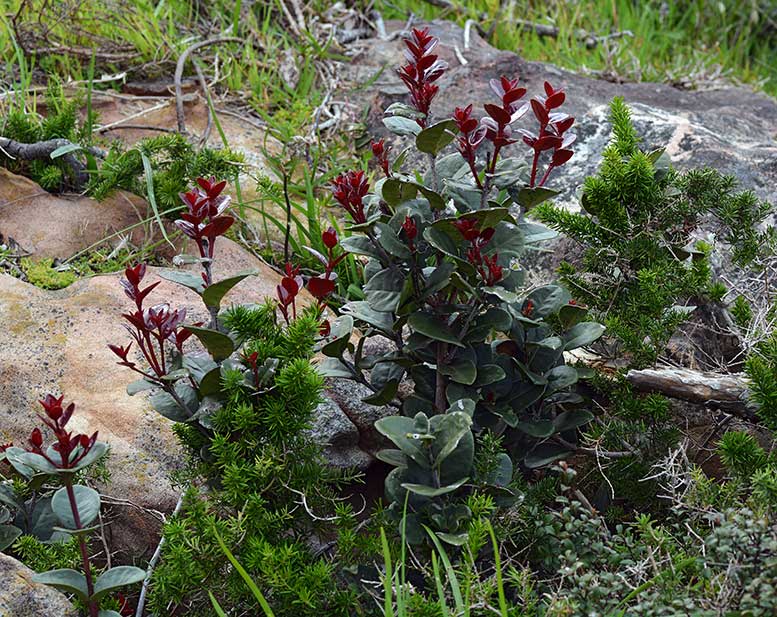
Hottentot's Cherry (Maurocenia frangula)
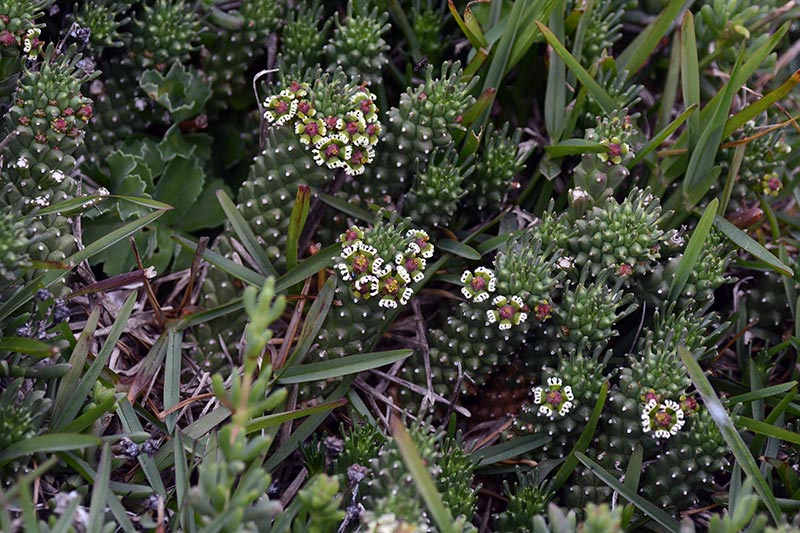
Medusa's Head (Euphorbia caput-medusae)
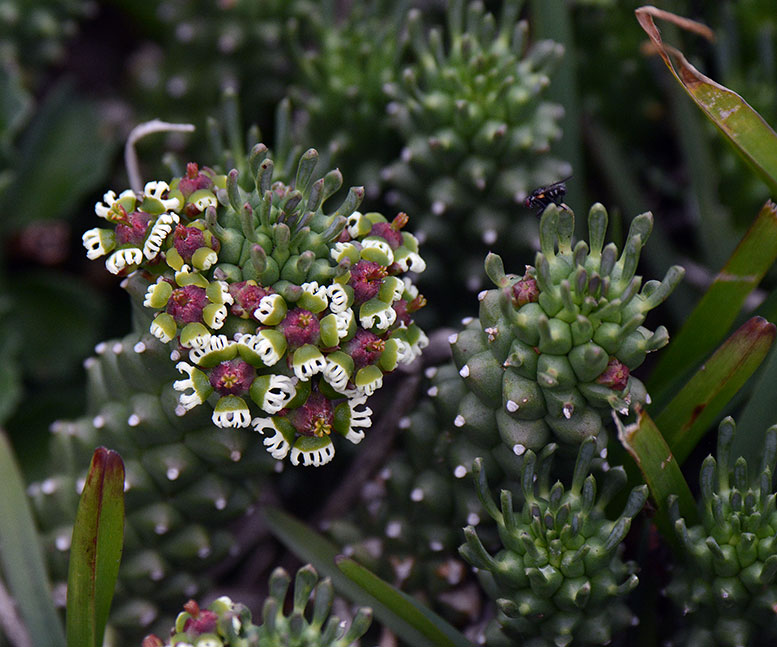
Medusa's Head
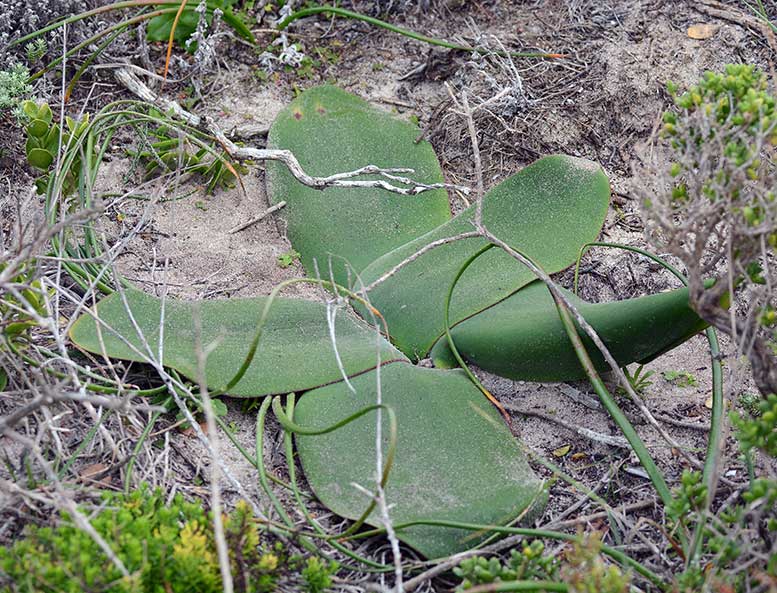
Fynbos plant, a Candelabra Flower (Brunsvigia orientalis). Brunsvigia is a South African genus of Amaryllidaceae which grow in semi-arid regions. There are about 20 species which produce amazing floral displays in autumn. The large scarlet flowers are adapted to sunbird pollination. The leaves shown in the photo appear after the flowers die.
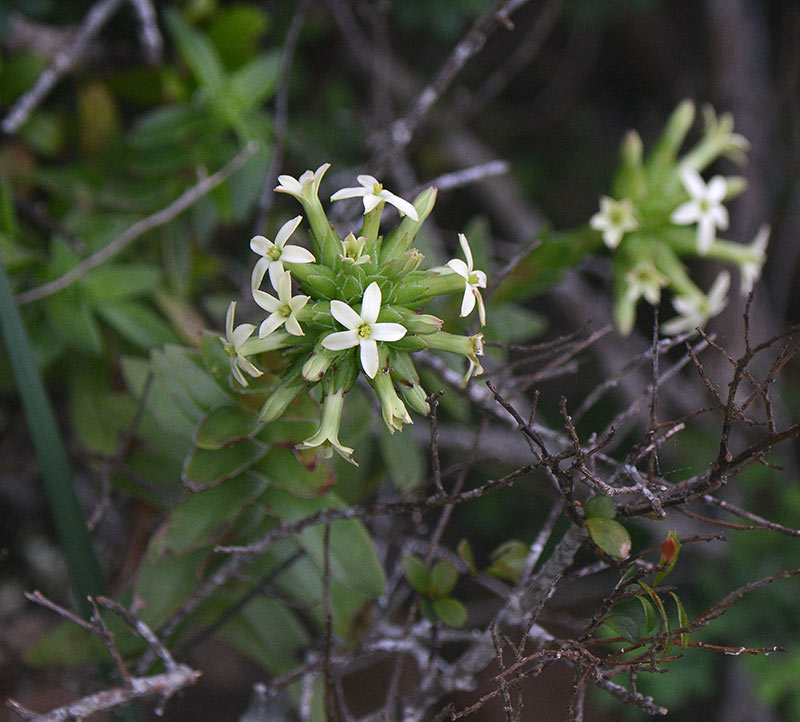
Fynbos plant, a Fragrant Crassula (Crassula fascicularis)